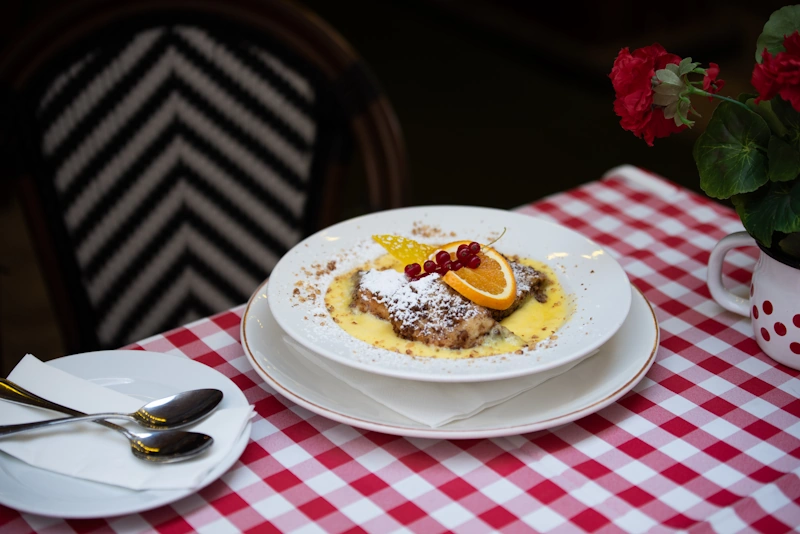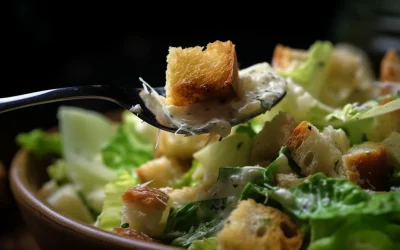Golden dumplings, which are not only a delicacy but also a true gastronomic experience, are one of the prides of Hungarian sweets. The history and traditions of this special cake are closely intertwined with the world of local bakeries and homes, where sweet aromas and lovingly crafted work come together. For this reason, you can also find it in our offerings at Hungarian Hell’s Kitchen, which is a favorite among our guests!
Origin of the hungarian golden dumplings
The origin of golden dumplings is not entirely clear, but many believe that this special dessert began to spread in Hungary in the mid-20th century. Like many other popular dishes, golden dumplings have been made with various recipes,but the most widely known version consists of a yeast dough layered with walnuts and enriched with vanilla sauce.
he name of the cake comes from the term "dumpling," which refers to small pasta balls, while "golden" alludes to the color of the baked dough. Its sweet, crumbly exterior and soft interior make it truly appealing.
While its exact origin is obscure, some believe golden dumplings may be related to the Slovak bryndzové halušky or German nudeln. Nevertheless, over time, it developed a unique Hungarian character. The dessert's popularity began in home kitchens, where housewives passed down the recipe from generation to generation, adapting it to their own tastes. This versatility contributes to the fact that numerous variations exist today, for instance, it can be made with poppy seeds, cottage cheese, or even fruit fillings. Golden dumplings remains a beloved dessert on Hungarian tables today, holding its own at festive occasions and Sunday lunches alike, offering a true indulgence for the family.
Interesting Facts
Golden dumplings is a versatile dessert that holds many surprises beyond its traditional flavors. Let's explore together the interesting facts and special qualities this beloved Hungarian dessert can offer, and how we can make its presentation even more memorable!
- Variations: There are numerous variations of the golden dumpling recipe. Some prepare it with sour cream, while others use cream. The filling can also vary; alongside the classic walnut, it works excellently with poppy seeds or chocolate.
- Special Occasions: Golden dumplings can serve not just as a dessert but also as a festive dish for special occasions. They can be found on many Hungarian tables during birthdays, Christmas, or family gatherings.
- Serving: They are usually served warm, accompanied by vanilla sauce or sweet sour cream, providing a truly rich tasting experience.
Preparation
Customs Making golden dumplings requires many little steps and a lot of patience. The following steps can help you create the perfect cake:
- Dough preparation: The dough is made with fresh yeast and flour, and allowing it to rise is essential for achieving a soft and airy texture.
- Filling:Well-ground walnuts are mixed with sugar, vanilla, and possibly a little rum, providing a sweet, aromatic flavor.
- Layering:The dough is shaped into dumplings and layered with the walnut filling. The dumplings are then placed in a baking dish, where the rising continues.
- Baking:Golden dumplings are baked until golden brown, achieving a crispy exterior and a soft interior.

Golden dumplings are not just a delicious dessert but also a guardian of our roots and traditions. Making them can be a shared experience for family members, as kneading the dough and shaping the dumplings connect people. t's more than just a simple dessert; it's a culinary memory that lives on through generations. Whether for festive occasions or everyday indulgence, this layered, walnut-vanilla delight always evokes the warmth of home and the feeling of family togetherness. That's why it's worth dusting off old recipes or even trying new ones today, so this special pastry continues to bring joy to tables.












